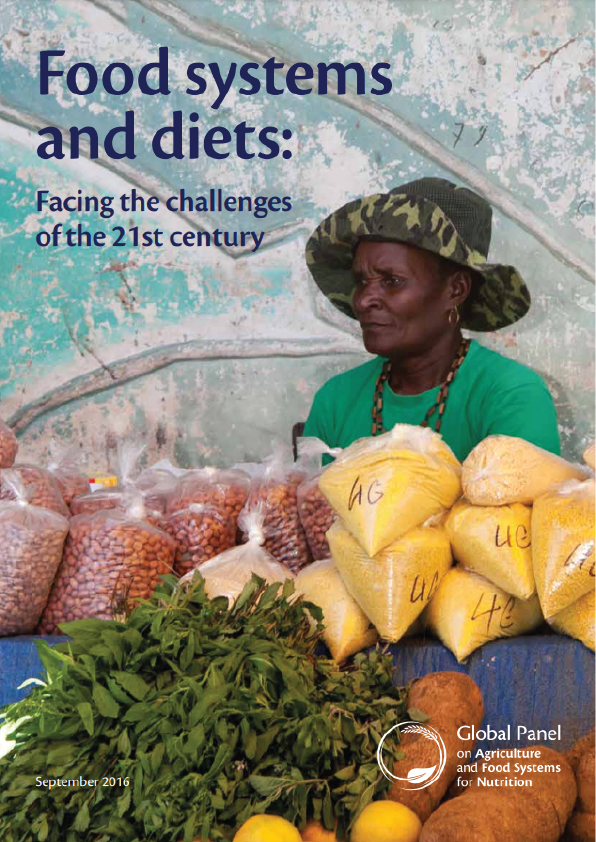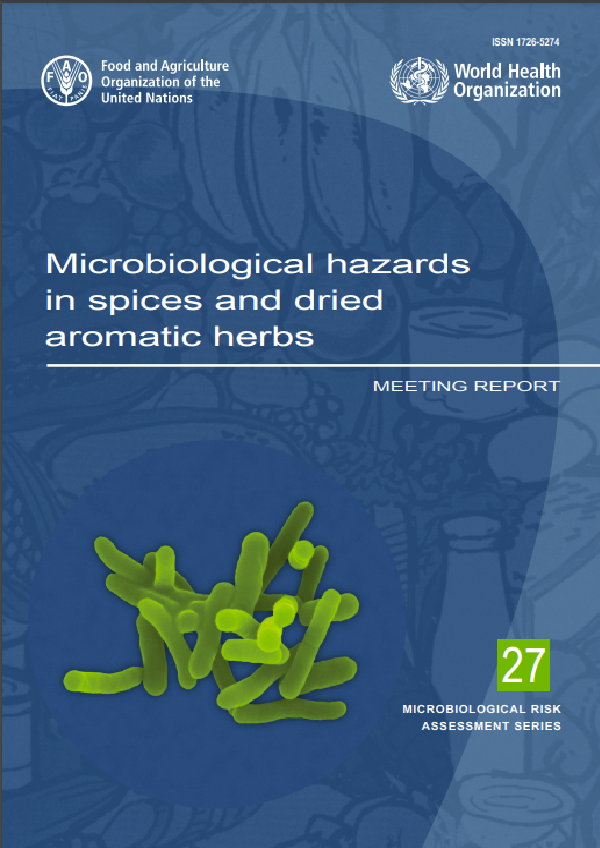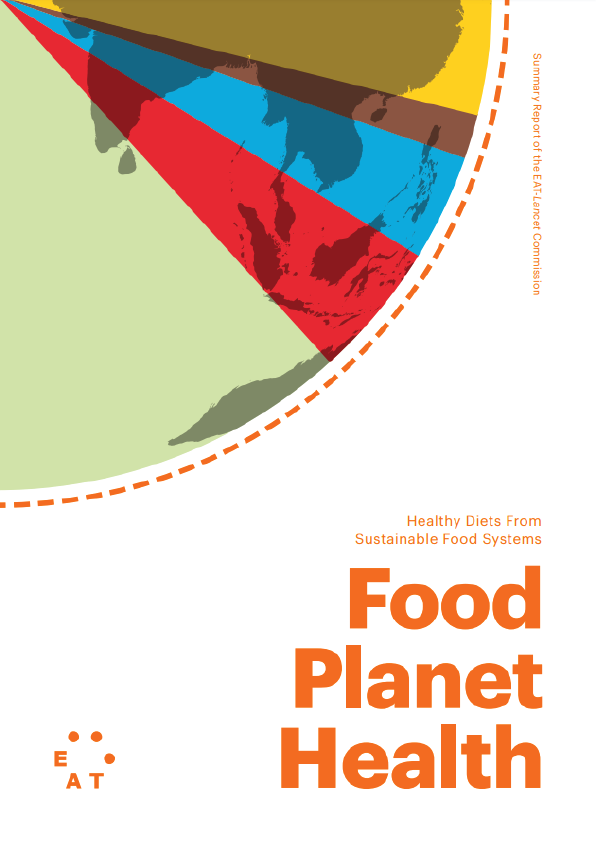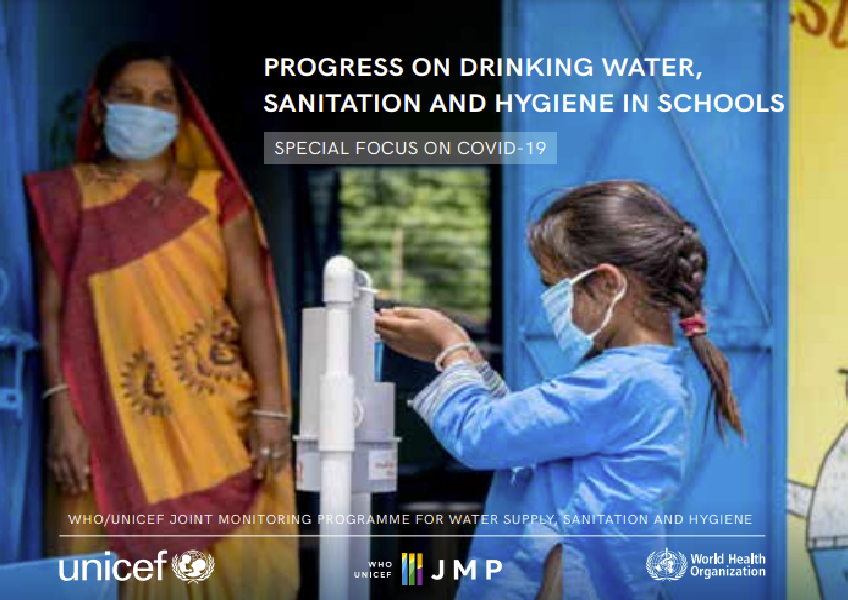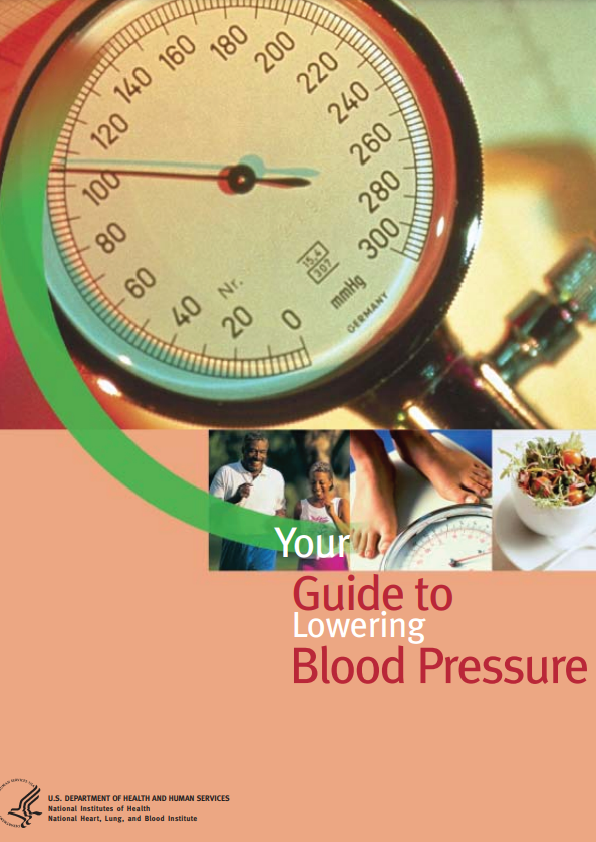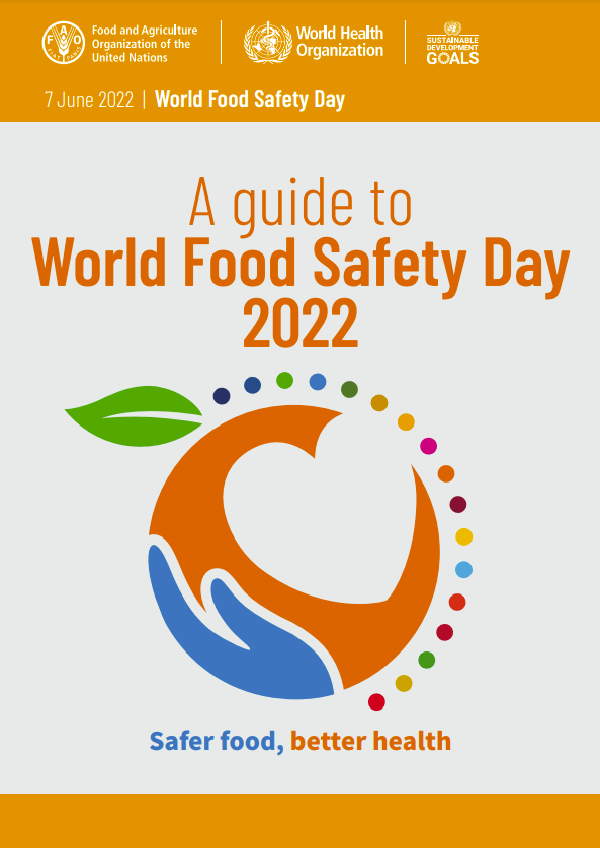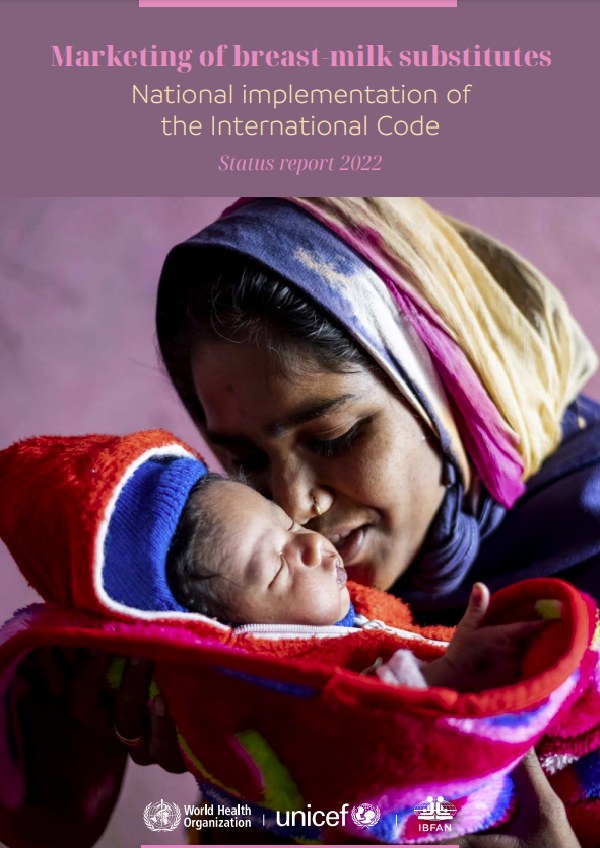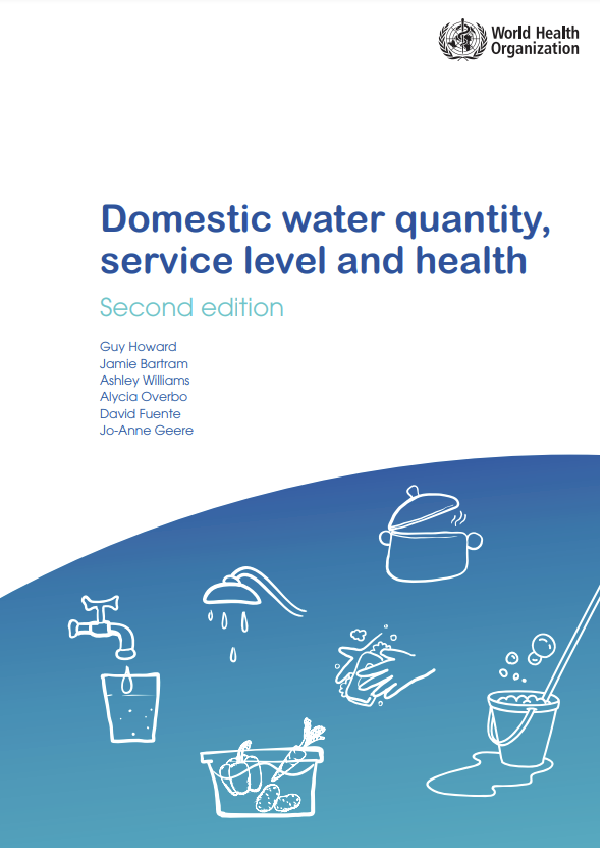The central role of high-quality diets and food systems in ending malnutrition in all its forms
This report addresses the question: “What decisions do policy makers need to take in the coming decade to ensure that food systems deliver high-quality diets to people in low- and middle-income countries by 2035?” By high-quality diets, we mean diets that eliminate hunger, are safe, reduce all forms of malnutrition and promote health. High-quality diets are adequate, diverse and balanced. It is important that high-quality diets are produced without undermining the environmental basis for generating high-quality diets for future generations.
Diet quality matters because low-quality diets are linked to a range of malnutrition and health outcomes, including: stunting, wasting, micronutrient deficiencies, overweight and obesity, diet-related, chronic, non-communicable diseases (NCDs), high blood pressure and high cholesterol (Figure 1.1). These forms of malnutrition that are associated with inadequacy on the one hand and excess on the other, collectively characterize the “double burden” of malnutrition around the world. While low-quality diets are just one cause of this double burden, they are an important one.
The problem of malnutrition and low-quality diets
The world has made substantial progress in reducing hunger and undernutrition in the past 25 years. Global rates of hunger have declined from 18.6% in 1990 to 11.8% in 20126 and the percentage of children who are stunted has fallen from 39.6% to 23.8%. 7 This progress means less suffering, lower mortality rates and improved life chances for hundreds of millions of families and their children. For these people, improvements in the quantity and quality of diets have played a key role in these achievements, along with a wide range of additional factors such as poverty reduction, improvements in agricultural productivity and expanded access to improved basic education, clean water and sanitation, health care and effective nutrition interventions.8 There have also been declines in mortality from heart disease in high-income countries, with some positive trends in some low- and middle-income countries, although the picture is very mixed.9
But, as this report will show, diet quality is an area that requires far greater attention. For example, in the 60 low- and middleincome countries for which recent data exist, only about a third of all young infants are meeting minimum standards for diet diversity. In six sub-Saharan countries, more than half of all women surveyed did not consume any legumes, nuts, vitamin A-rich fruits and vegetables, dairy or eggs in the day before the survey.10 For adults, obesity rates are increasing in all 193 countries.11
New data from the 2015 Global Burden of Disease study12 show that much of the world does not eat high-quality diets13 and that diet, of all risk factors, is responsible for the largest burden of global ill health (Figure 1.2). And this is an underestimate. As the study notes: “If one were to quantify the contribution of diet mediated through weight gain and body mass index (BMI), the overall effect of diet would be much larger than is estimated here.” A similar argument could be made for the contribution of poor diets to child and maternal malnutrition and all the other risk factors (highlighted in green) in Figure 1.2. Diet is an important factor in every region. For example, the 2015 Global Burden of Disease study shows that six of the top 11 risk factors are diet related.
Low-quality diets contribute to three very troubling nutrition trends.
- First, undernutrition and hunger are declining very slowly in some regions. In sub-Saharan Africa, the number of stunted children is 58 million and is rising by 500,000 every year and while the total is decreasing in Asia, the numbers remain very high at 91 million.14 Undernutrition contributes to a high mortality burden. The joint effects of foetal growth restriction, suboptimal breastfeeding, stunting, wasting and vitamin A and zinc deficiencies for children under five, result in 45.4% of all deaths worldwide in this age group. Suboptimal breastfeeding alone is responsible for 11.6% of total deaths.15
- Second, rates of overweight, obesity and diet-related noncommunicable diseases such as diabetes are increasing in all regions and most rapidly in low- and middle-income countries. For example, for sub-Saharan African men, the growth rate of overweight and obesity now exceeds that for underweight. For South Asian women, the prevalence of overweight and obesity is almost the same as the prevalence of underweight.16 Projections of these indicators suggest the situation is going to get much worse by 2030 (Box 1.1).
- Third, many countries (57 of the 129 for which data are available) experience significant levels of both undernutrition and These trends are troubling because they are damaging and once established, difficult to reverse. The various manifestations of malnutrition have profound impacts on lives and livelihoods throughout people’s lifetimes and from generation to generation. Undernourished children are less likely to survive to see their fifth birthday, less likely to stay in school, less likely to escape poverty as adults and are more vulnerable to the onset of chronic and non-communicable diseases later in life. If they are females, they are more likely to give birth to malnourished babies. Estimates of these effects are striking. As previously mentioned, an estimated 1.2 The role of food systems 45% of deaths of children under five are linked to malnutrition.22 The economic consequences of undernutrition represent losses of gross domestic product (GDP), year in and year out, of 10% – far greater than the annual percentage loss in world GDP due to the global financial crisis in the period 2008–10.23 Estimates of the economic consequences of nutrition-related, non-communicable diseases (NCDs) are also large. In China, for example, people diagnosed with diabetes face an annual 16.3% loss of income.24 The consumption of high-quality diets is central to reversing these three very troubling trends.
Feel free to read this book above if you are interested with this topic.
